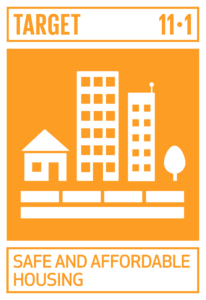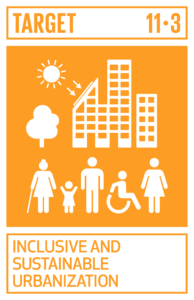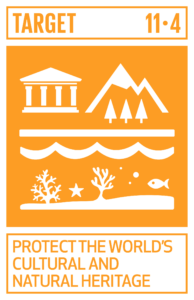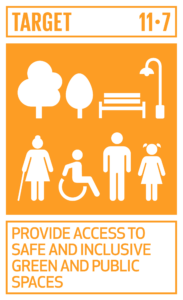Ethnic and Environmental Inclusion in Territorial Planning Policy in Colombia
COLOMBIA, PNN Tatamá Territorio Colectivo Asocasan Tadó (Chocó)
Pacific Environmental Research Institute (IIAP), National Natural Parks Colombia (PNNC) and Consejo Comunitario del Alto San Juan (ASOCASAN) in the municipality of Tadó
In her 2012 study, Paredes-Leguizamón concluded that there is a need to integrate natural and cultural diversity in the instruments of territorial planning in Colombia to tackle the existing confusion, proliferation and disarticulation of instruments applied to the same territory; the disintegrated vision of the territory; and the low priority and positioning of protected areas in territorial planning. To accomplish this, a multilevel and inter-institutional process lead by PNNC (National Natural Parks Colombia) created a political, technical, and operational strategy and complementary, initiated 8 pilot cases. One of these was the “Neighbourhood”, which allowed existing local initiatives to identify topics of common interest, design methodologies, and generate processes that are contextualized to the local, cultural, and environmental reality. The goal of this collective and horizontal way of working of the different actors, was to strengthen joint capacities and influence the policies and instruments of territorial planning in the departments Chocó and Risaralda*.
This MOOC shares the experience of this pilot case with three objectives: 1) share the inter-institutional and community process of harmonization between instruments of ethnic and environmental planning in Colombia; 2) propose the socio-environmental and intercultural methodological design for the joint work between environmental authorities, academics and ethnic communities from a differential approach to influence territorial planning instruments, and 3) share progress, challenges and proposals for the effective integration of natural and cultural diversity in public policies for land use planning.
*In this territory, the Pacific Environmental Research Institute (IIAP) develops research to support environmental and sustainable development issues and promotes the collective progress and consolidates the cultural identity of the region’s black and indigenous peoples; National Natural Parks (PNN) acts as environmental authority in the Tatamá National Natural Park; and ASOCASAN focuses on ethnic-territorial rights and “bienestar” (good life) for the population.
SDG #11 Targets:












